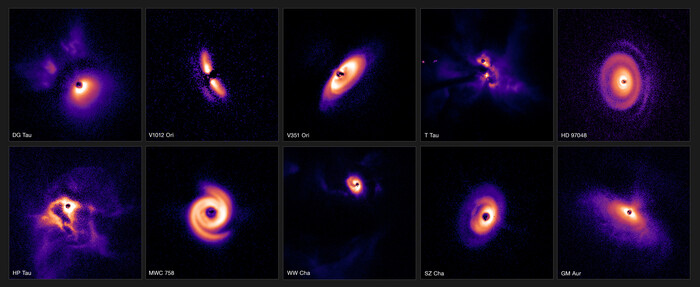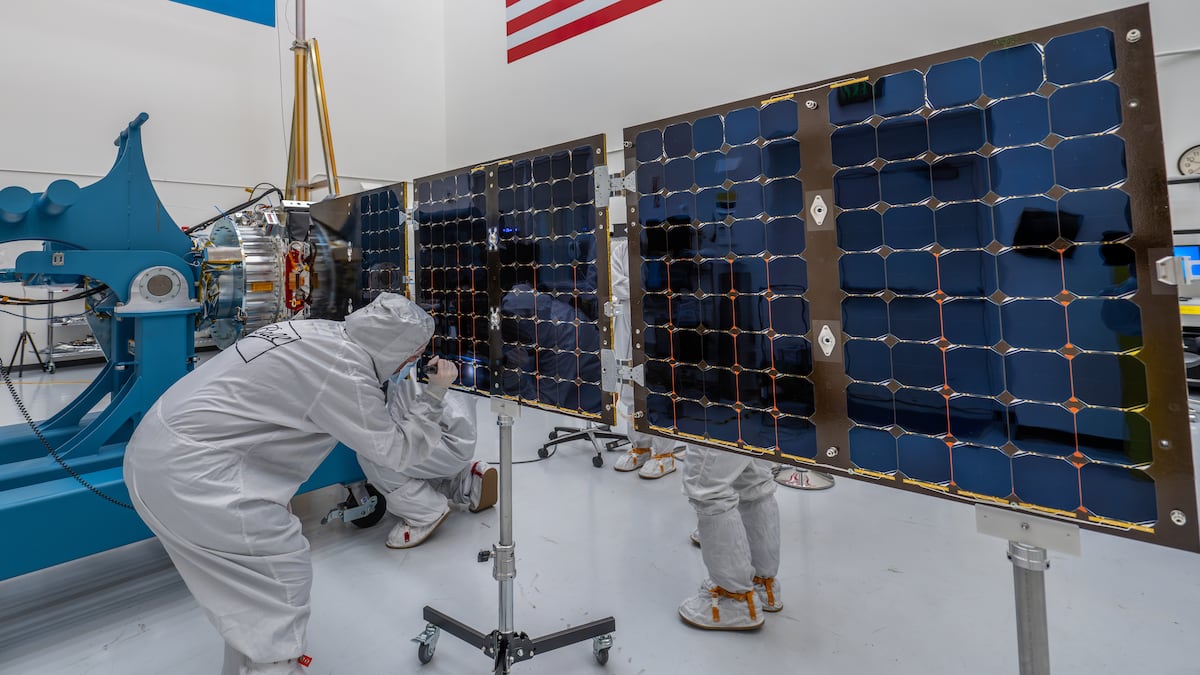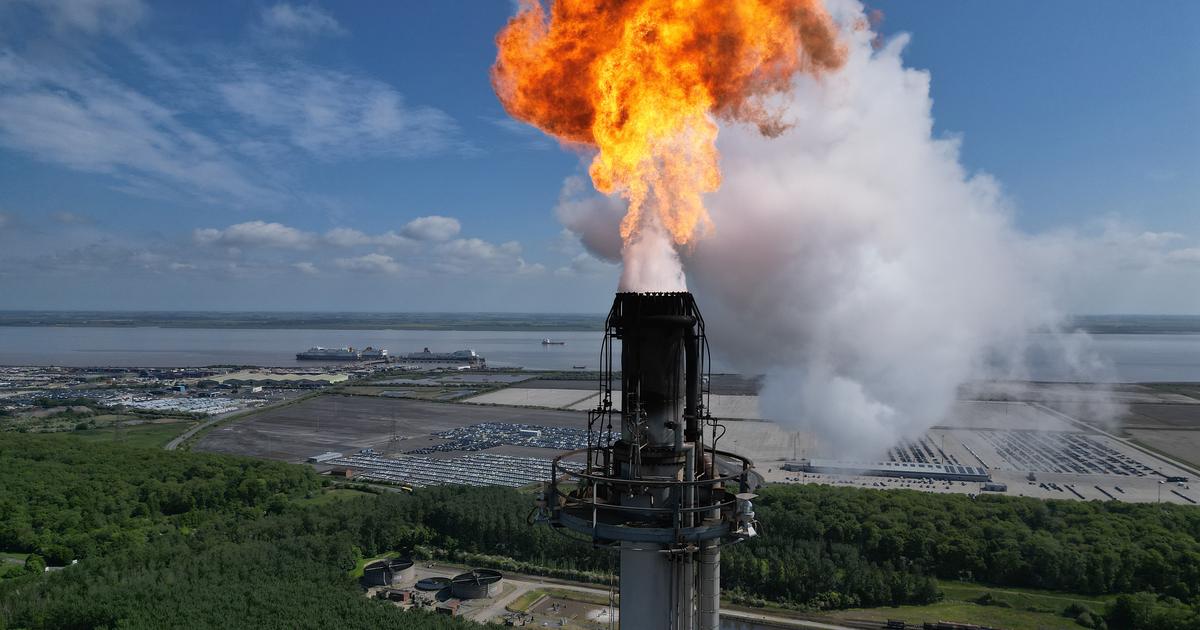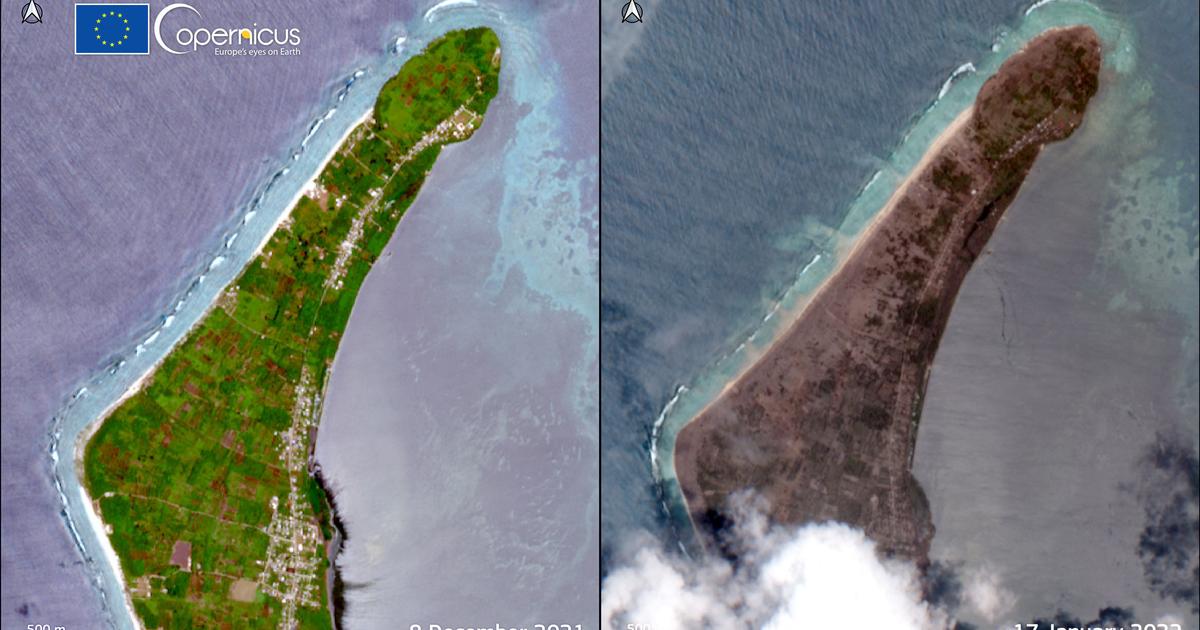What we normally have is a star in formation and that, due to the conservation of angular momentum, a disk is formed around it.
These are what we call protoplanetary disks and they are disks of gas and dust.
It is in them that the planets begin to form.
The dust particles begin to collide, they come together and thus larger bodies appear.
As time progresses, there are particles that leave the system, others that end up in the star and others that accumulate, first forming rocks;
then they form
planetesimals
, like small asteroids;
and then we already have protoplanets about the size of the Moon that can continue to evolve into terrestrial planets or ice or gas giants.
More information
Chrysalis: an unknown moon of Saturn disintegrated to create its rings
The disk in which all this is formed has gas that is made up mostly of hydrogen and helium.
When the rocky bodies that have formed in it reach a certain mass, which is usually between ten and twenty Earth masses, they have such a great gravity that when they pass through the disk, a large part of the gas is attached to them.
For example, in the case of Jupiter, when it reached this critical mass that I was telling you about, helium and hydrogen accumulated very quickly and the planet grew bigger and bigger.
I remind you that Jupiter, the largest planet in the Solar System, is one of the gas giants and has a mass 318 times greater than that of the Earth.
And as you say in your question, despite the fact that it is a gaseous planet, it has rocky satellites, so it serves as an example for you to see why this is the case.
While Jupiter is being formed, in the rest of the disk there are still planetesimals, protoplanets, dust, stones, etc... and all these corpuscles keep turning.
And at the same time, since Jupiter is very large, it also has a collapsing gas cloud, as had happened with the star, and that means that we also have a disk of dust and gas around Jupiter.
Jupiter, captured by 'Juno', with its moons Io and Europa in the background. NASA
In other words, we have a disk around the star and in which the planets are forming, and a disk around Jupiter, in which there is also gas and dust.
And in this second disk, solid bodies can also form, just as has happened in the disk that surrounds the star.
There are several theories and the truth is that we are still not sure how the satellites of Jupiter and similar planets were formed, for example.
But we believe that two things could have happened, or that within that disk of gas that Jupiter has around it, planetesimals have already been formed, that is to say that the stones have been adding and forming bodies that in the end will be Jupiter's satellites;
or that since Jupiter is spinning in the disk around the star, it has trapped planetesimals that, like Jupiter itself, were spinning in the disk.
That is, it may be that the satellites have been generated in Jupiter's own disk or that it has caught them from the disk of the star in which they all rotate.
A volcanic eruption on Jupiter's moon Io, seen by the spacecraft 'Galileo'.NASA
Whatever the origin of those bodies that become satellites of a large gaseous planet, they do not reach enough mass for their gravity to pull much gas towards them.
Hydrogen and helium are too light and escape from these bodies.
So what we find are those rocky bodies left circling around the gas giants.
I mean, the idea is that to have one of those gigantic gas atmospheres you need to have a rocky core big enough that its gravity is able to keep hydrogen and helium trapped in large amounts.
And that does not happen with satellites because they are not that big, although we cannot rule out that in other solar systems some could be massive enough to maintain small hydrogen and helium atmospheres.
Ana Heras
She is a PhD in Physical Sciences, chief scientist of the PLATO project and of the Astrophysics Observatories section of the European Space Agency (ESA).
Question sent by
Manuel Pedregosa
Coordination and writing:
Victoria Toro
We answer
is a weekly scientific consultation, sponsored by the
Dr. Antoni Esteve Foundation
and the
L'Oréal-Unesco 'For Women in Science' program
, which answers readers' questions about science and technology.
They are scientists and technologists, members of
AMIT (Association of Women Researchers and Technologists)
, who answer these questions.
Send your questions to
us@gmail.com
or on Twitter #weanswer.
You can follow
EL PAÍS Salud y Bienestar
on
,
and
.

/cloudfront-eu-central-1.images.arcpublishing.com/prisa/FQWARO75NM2OJ4OK5M72FPONFQ.jpg)







